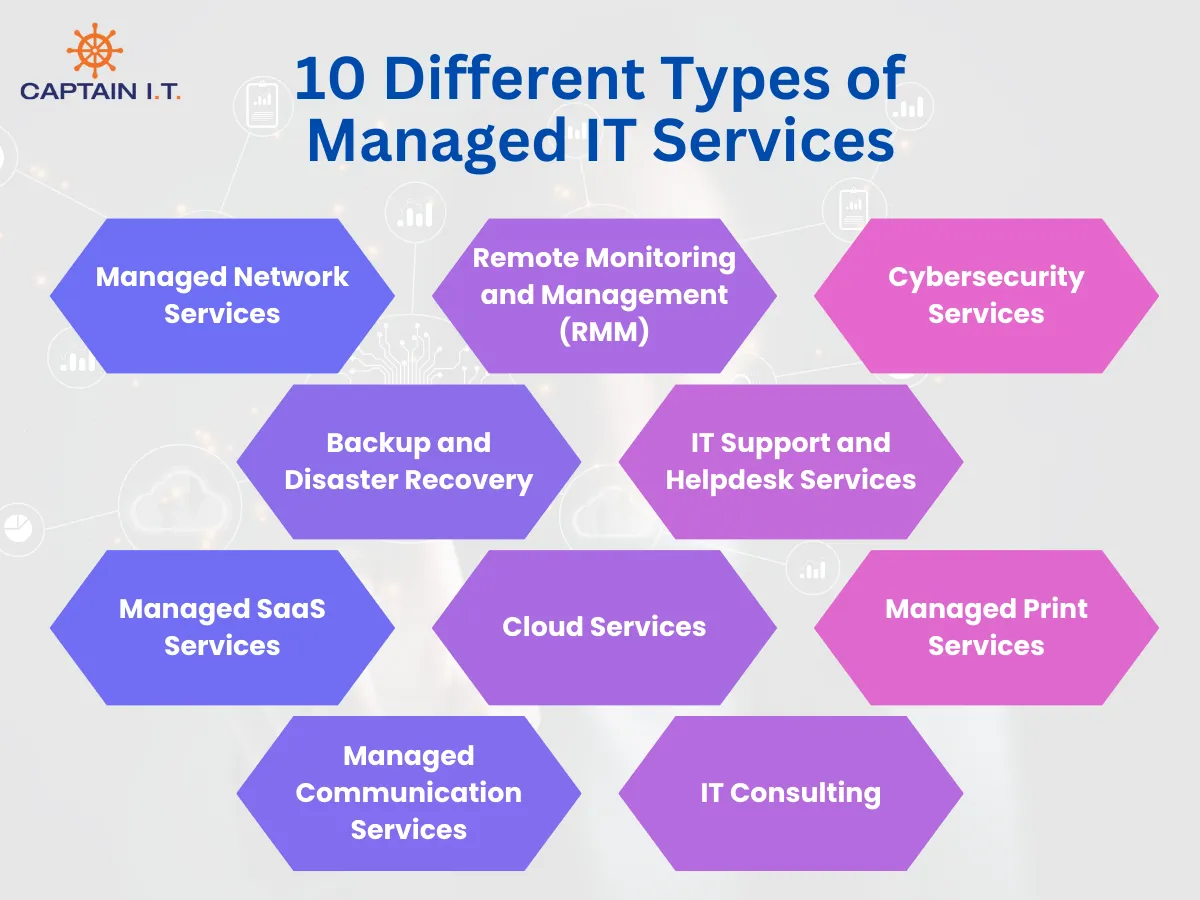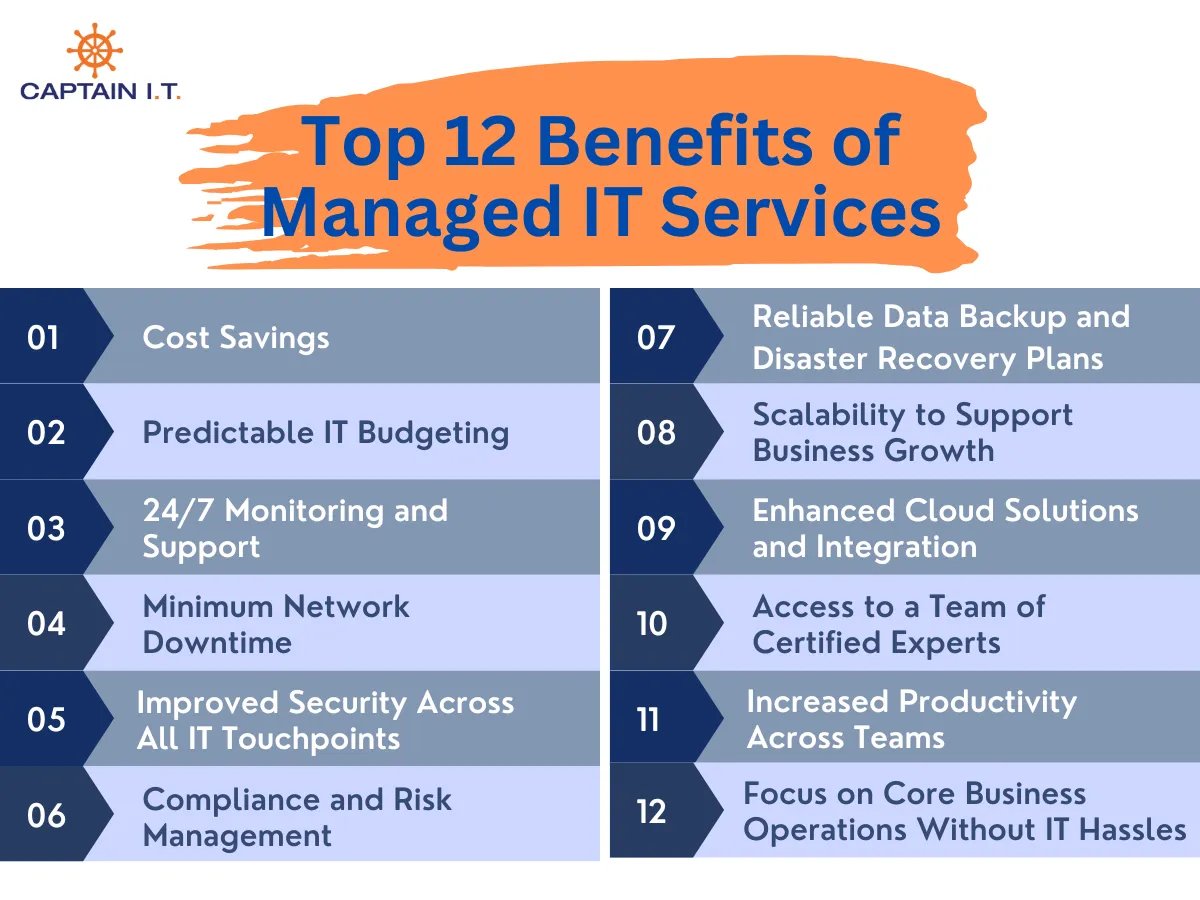The Importance of Having a Managed IT Support Plan
In today’s fast-paced digital landscape, businesses rely heavily on technology to streamline operations, enhance productivity, and stay competitive. However, with technological advancements come inevitable challenges and complexities. From network security threats to software glitches, the need for reliable IT support has never been more critical.









